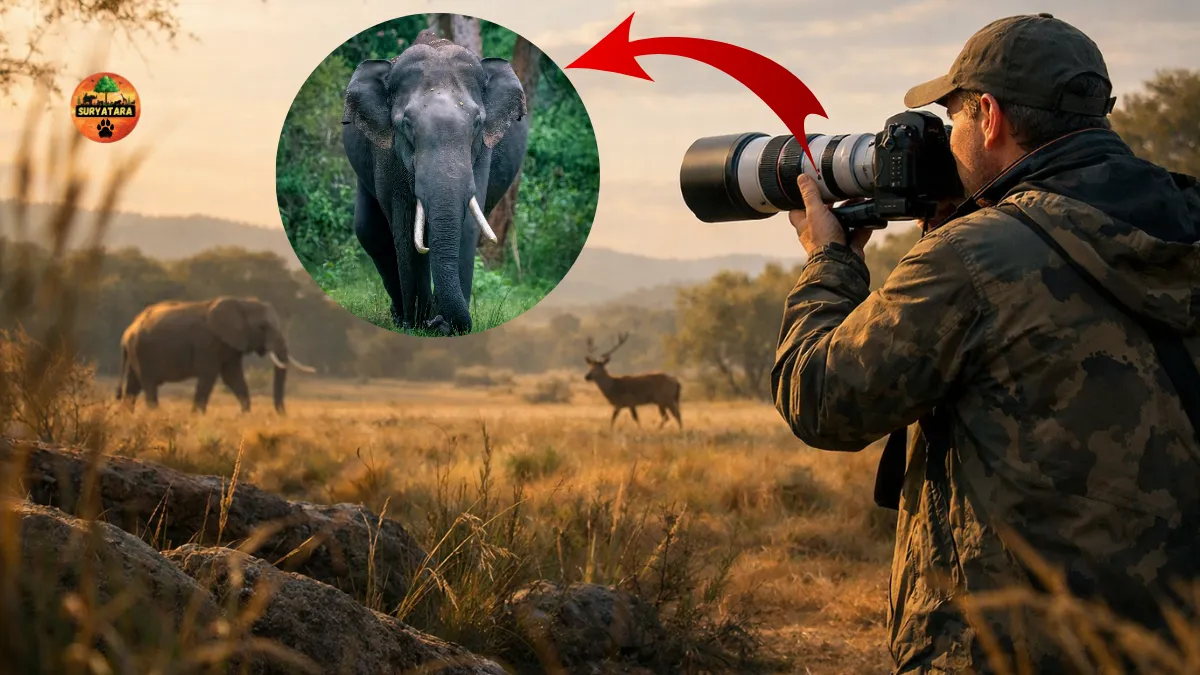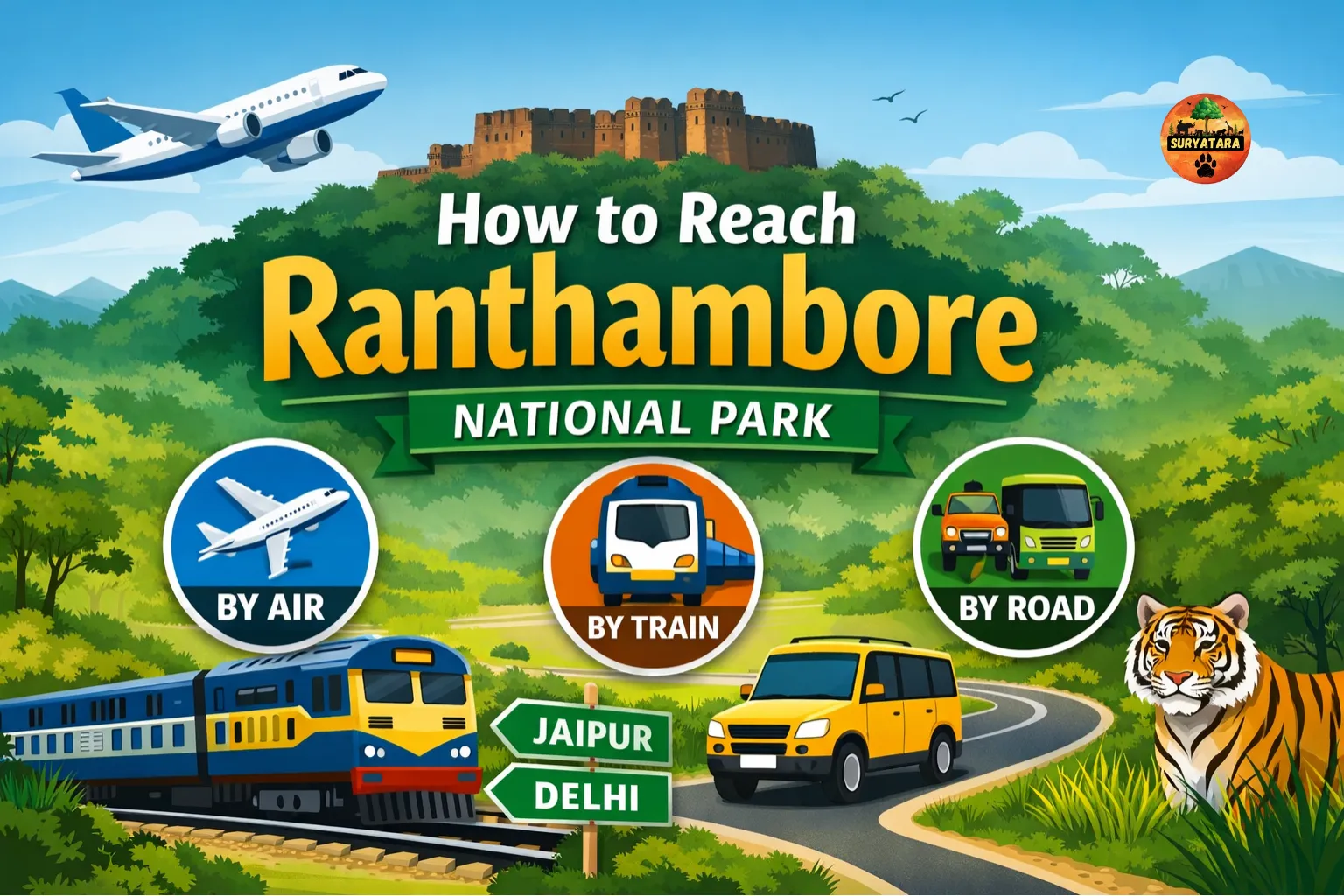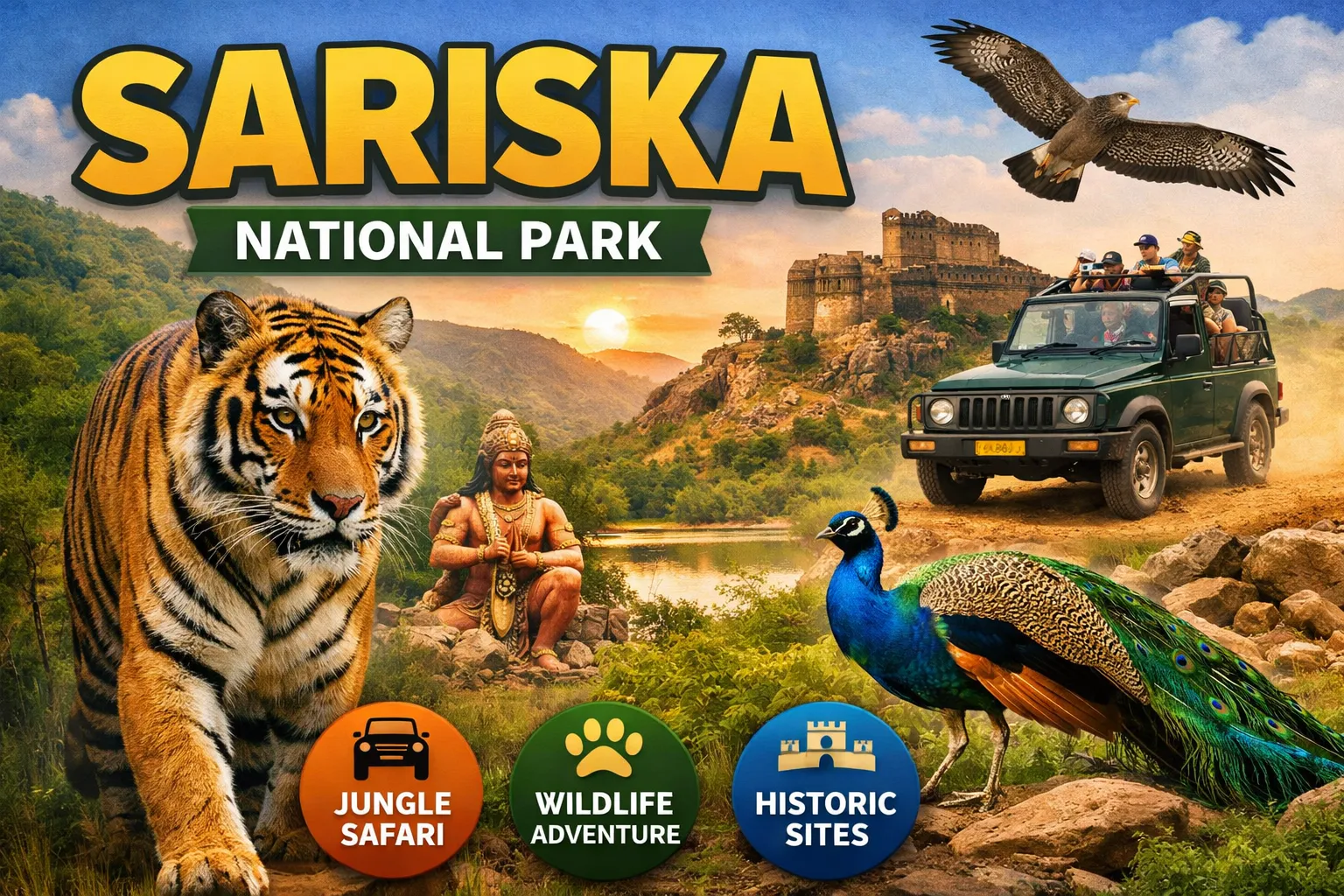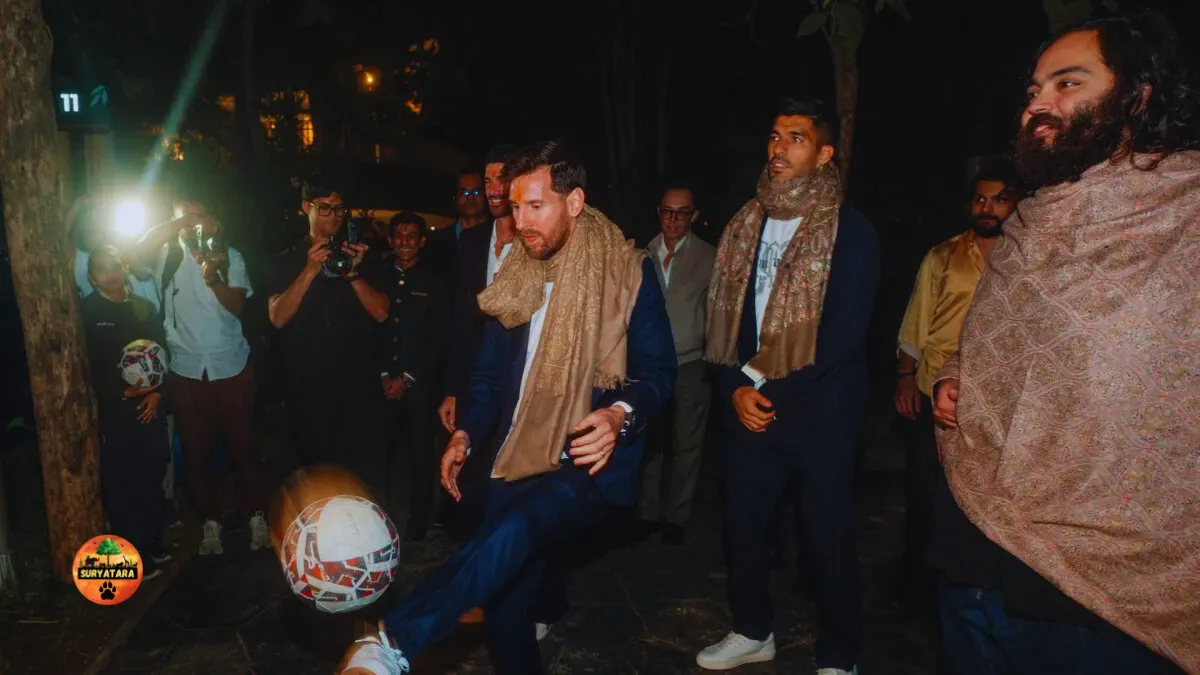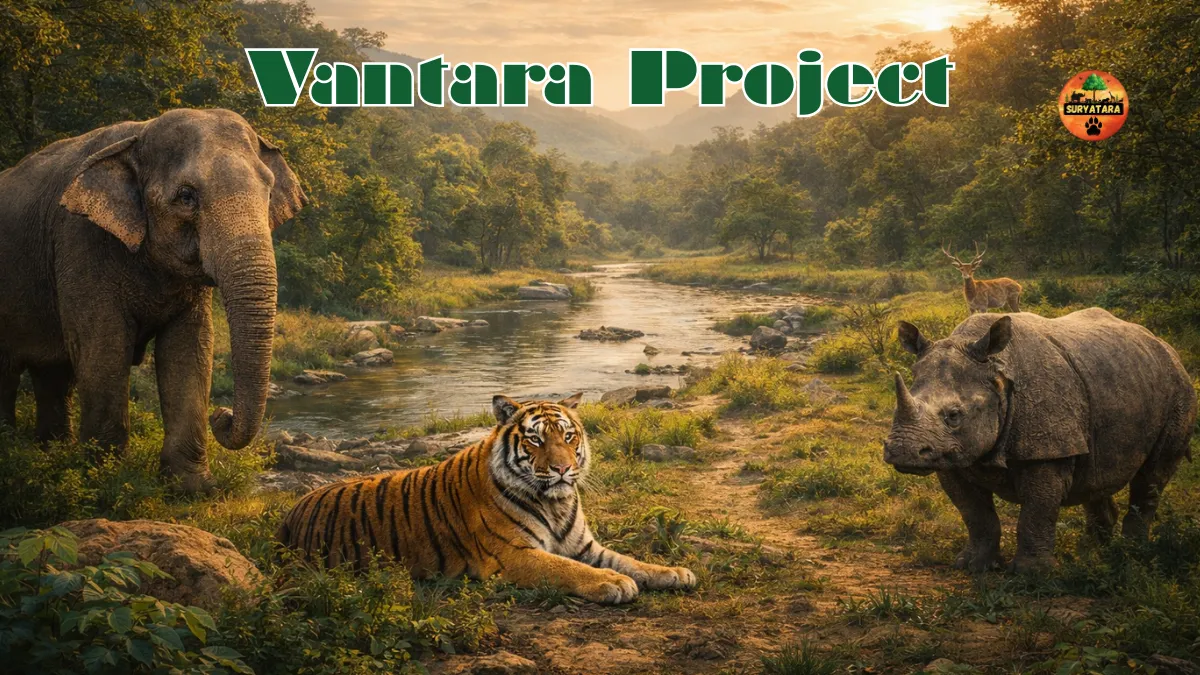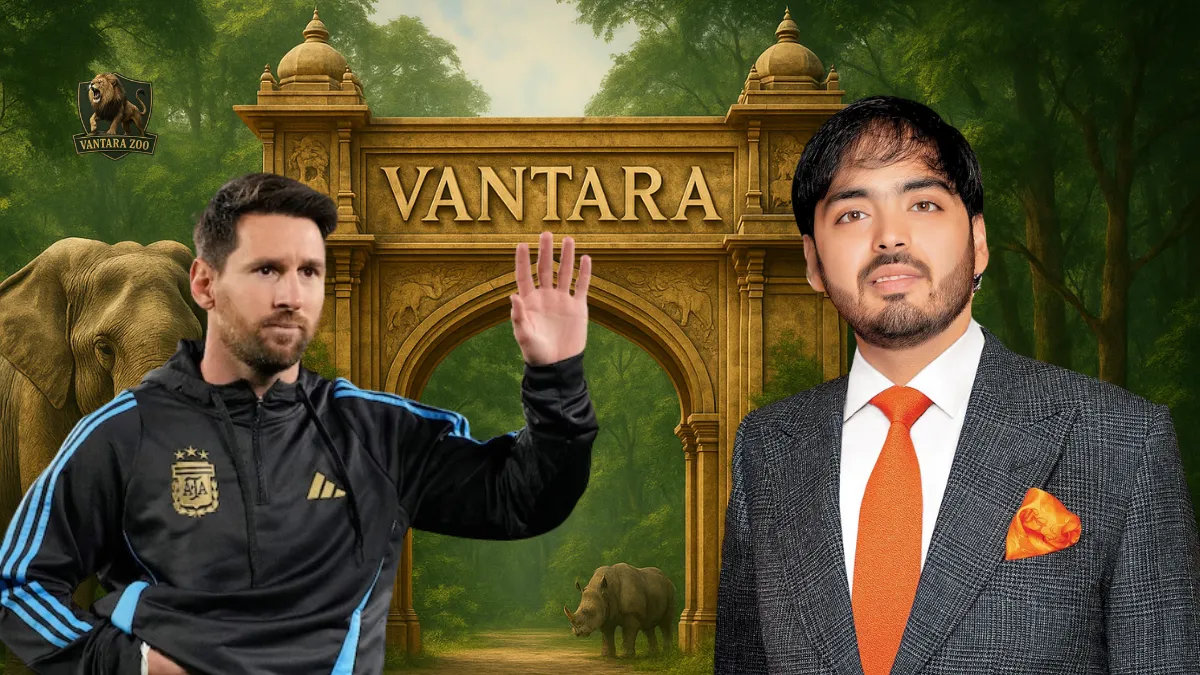Best Wildlife Photo Entries of the Year once again prove why nature photography is one of the most powerful ways to connect people with the wild. From breathtaking moments of cheetahs hunting to delicate portraits of jellyfish and sloths on the move, the annual Wildlife Photographer of the Year competition—organized by the Natural History Museum in London—has unveiled a sneak peek of some of the most extraordinary entries.
This year’s contest has broken records with over 60,636 submissions from photographers across the globe. These jaw-dropping images showcase the raw beauty, fragility, and drama of life on Earth. While we often admire the animals in the spotlight, the people behind the lens deserve recognition too. Many endured extreme conditions—cold winds, scorching heat, or even jellyfish stings—to capture these unforgettable scenes.
A Contest That Celebrates the Wild
The Wildlife Photographer of the Year competition is one of the most prestigious platforms for nature photography. Every year, it highlights the most remarkable photos taken in the wild, featuring both professional and amateur photographers. The 2025 edition will narrow down thousands of entries to just 100 images for a special exhibition at the London Natural History Museum. Winners of the Grand Title, Young Grand Title, and category awards will be announced on October 14.
The selected entries not only display technical brilliance but also shed light on the urgent environmental issues of our time—deforestation, climate change, plastic pollution, and human-wildlife conflict. Let’s take a closer look at some of the Best Wildlife Photo Entries of the Year that are already making headlines.
“A Tale of Two Coyotes” – By Parham Pourahmad
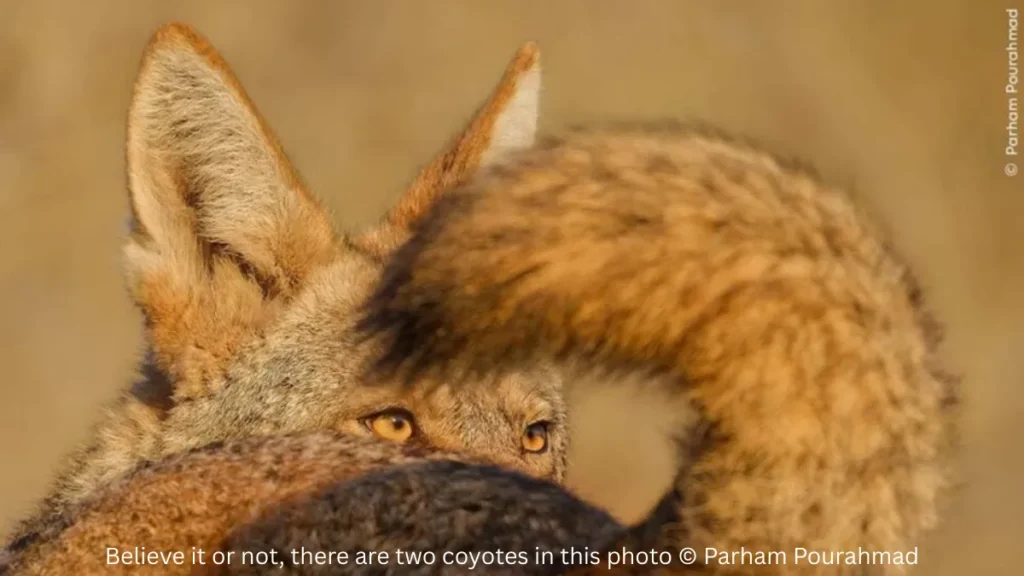
California-based photographer Parham Pourahmad tracked a pair of coyote siblings for hours in San Francisco’s Bernal Heights Park. At just the right second, he captured a stunning optical illusion—one coyote’s tail draped perfectly over the other’s face, making it look like the pup had two heads.
This playful yet powerful photograph reminds us how patient observation can lead to breathtaking results. It also shows the social bonds and sibling companionship that thrive among wild canines.
“Jelly Smack Summer” – By Ralph Pace
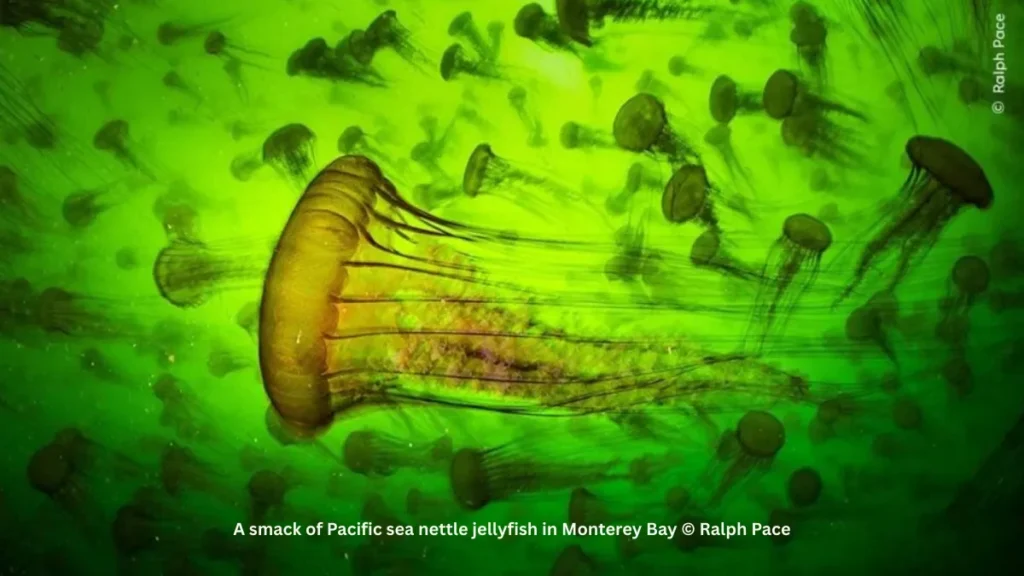
One of the most daring Best Wildlife Photo Entries of the Year comes from Ralph Pace, an underwater photographer from California. Determined to photograph a swarm—or “smack”—of Pacific sea nettle jellyfish in Monterey Bay, Pace coated his skin in petroleum jelly for protection before diving in.
The result is mesmerizing: dozens of golden-brown jellyfish floating gracefully in the water, their stinging tentacles trailing behind them. To humans, their sting may feel like a bee sting, but to smaller sea creatures, it’s lethal. This photo not only highlights marine beauty but also the risks photographers take to share these wonders with the world.
“Inside the Pack” – By Amit Eshel
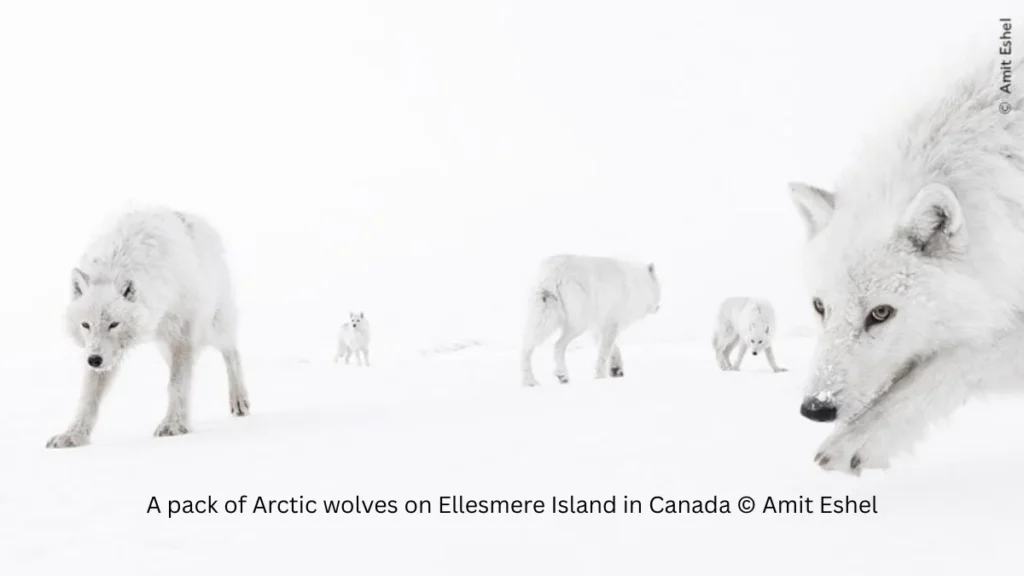
From scorching waters to freezing tundras, Amit Eshel from Israel braved temperatures as low as -31°F (-35°C) on Ellesmere Island, Canada, to photograph an Arctic wolf pack. Lying flat on the snow, Eshel allowed the wolves to approach until he could feel their breath.
His photograph captures the closeness and curiosity of these magnificent predators, challenging the stereotypes of wolves as dangerous or cruel. Instead, the image reflects intelligence, family bonds, and resilience in one of the harshest environments on Earth.
“No Place Like Home” – By Emmanuel Tardy
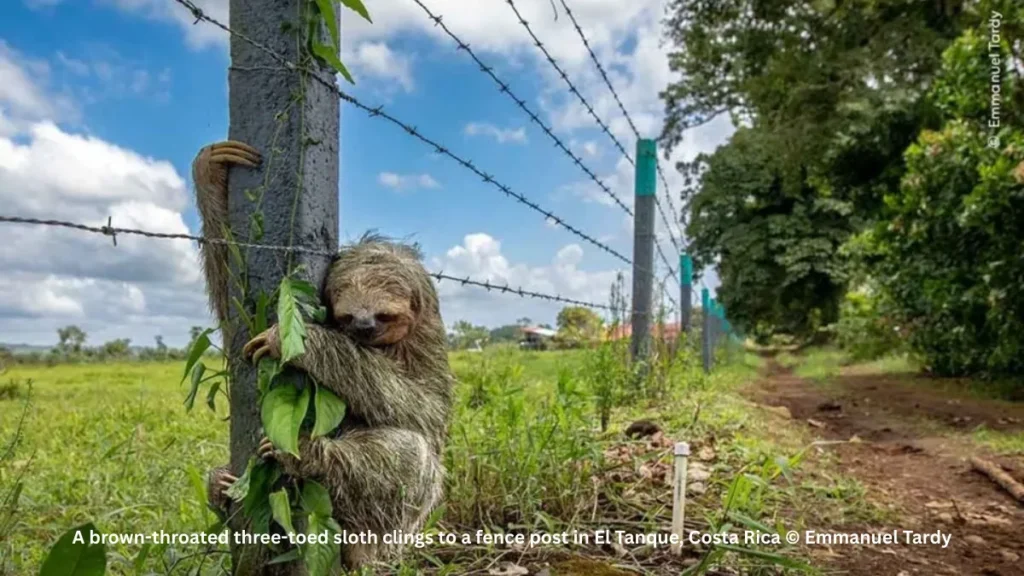
In El Tanque, Costa Rica, Emmanuel Tardy witnessed a brown-throated three-toed sloth crossing a road due to habitat loss. After slowly making its way across traffic, the sloth clung to a fencepost—the first tree-like object it found.
This heartbreaking yet beautiful photo reveals the growing challenges sloths face as deforestation fragments their forest homes. To help, Costa Rica is now building aerial bridges that allow sloths to safely navigate between trees without descending to dangerous ground.
“Rutting Call” – By Jamie Smart
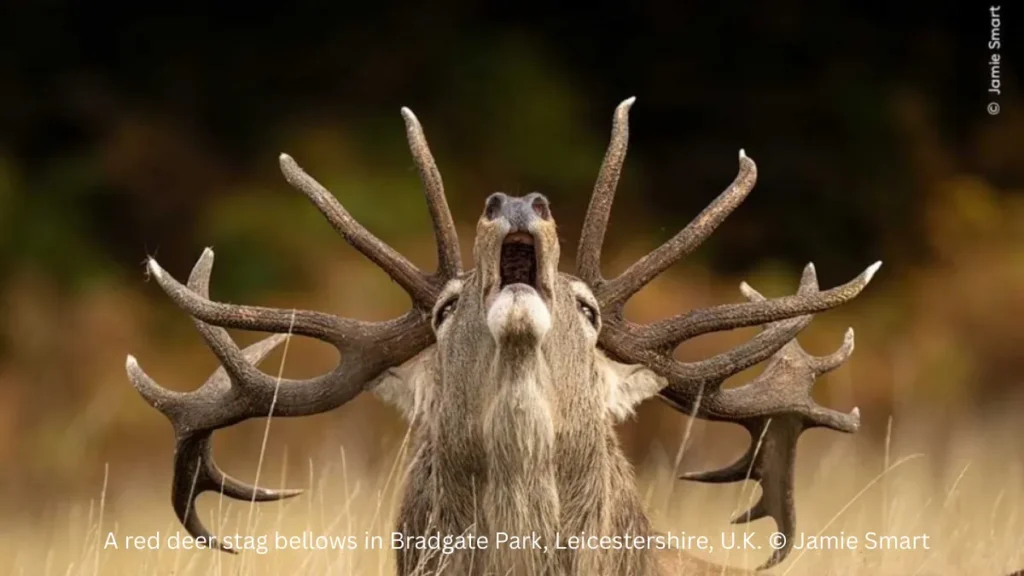
At just 9 years old, U.K. photographer Jamie Smart captured an unforgettable moment in Bradgate Park, Leicestershire. Her photo shows a red deer stag mid-roar during the rutting season—a time when stags compete for mates.
The sound of a rutting call can travel for nearly two miles and serves as a signal of strength. Smart’s photograph not only highlights her talent at such a young age but also documents a ritual that has taken place in the British countryside for centuries.
“Slime Family Portrait” – By Kutub Uddin
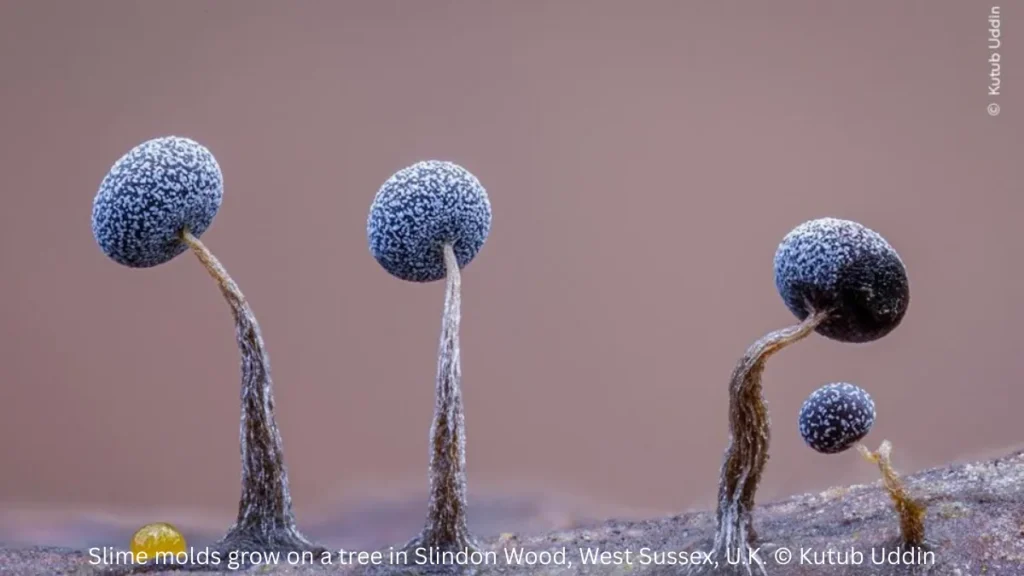
Wildlife photography isn’t always about big animals—it can also capture the micro-world. Kutub Uddin from the U.K. zoomed in on slime molds in West Sussex, making them appear like tiny, colorful trees from a fantasy land.
His macro image even includes a delicate yellow insect egg next to the molds, emphasizing the hidden ecosystems we often overlook. This picture proves that wildlife beauty exists on every scale, from the massive to the microscopic.
“Deadly Lesson” – By Marina Cano
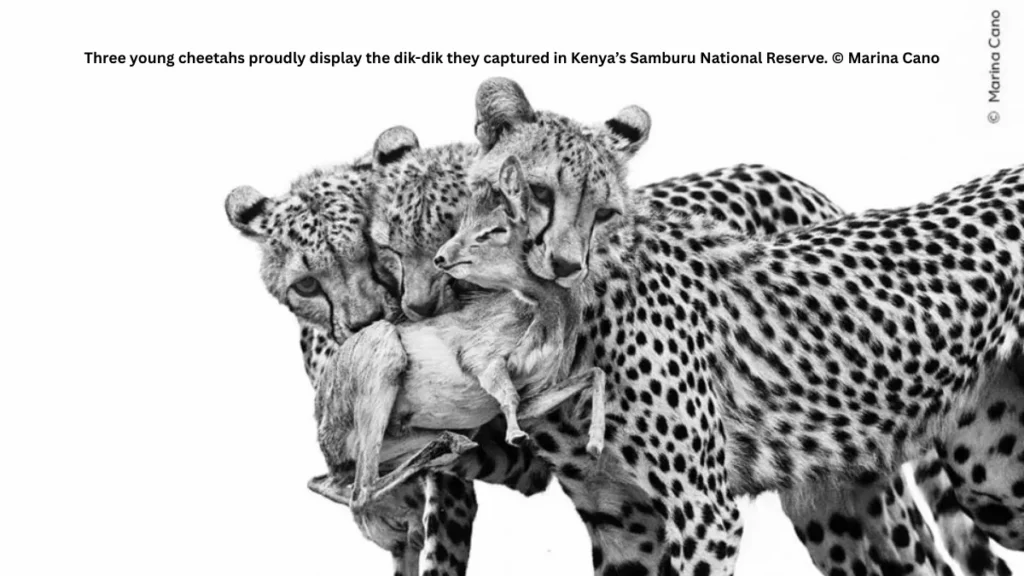
Spanish photographer Marina Cano documented three young cheetahs in Kenya’s Samburu reserve as they practiced hunting skills. Their victim: a Günther’s dik-dik, a small antelope.
While difficult to watch, this photo is a vital reminder that hunting is a natural skill predators must learn to survive. Cano’s work shows the importance of predator-prey dynamics in maintaining ecosystem balance.
“Toxic Tip” – By Lakshitha Karunarathna
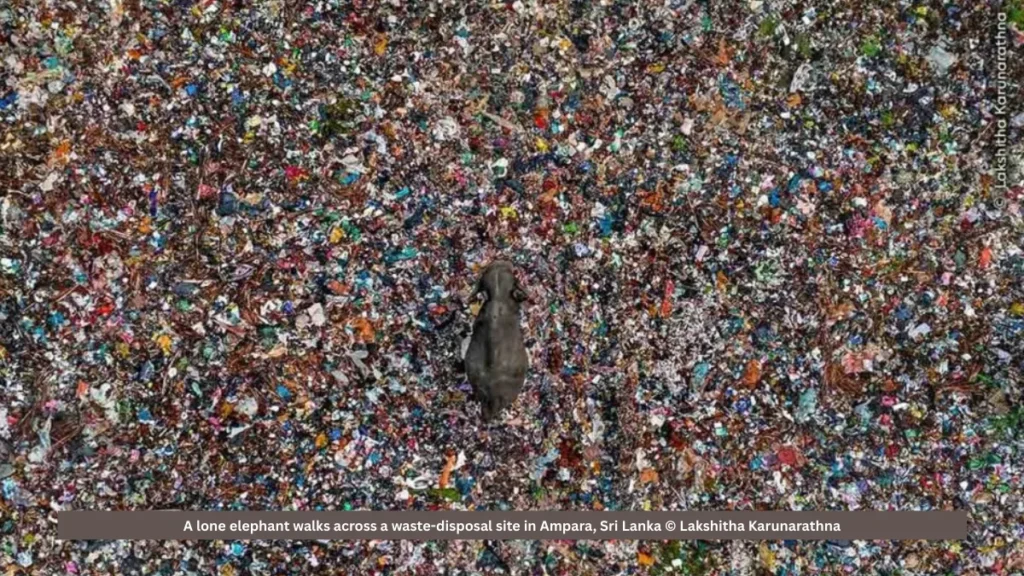
Sri Lankan photographer Lakshitha Karunarathna has long documented the struggles of Asian elephants. His photo captures the haunting sight of a lone elephant foraging in a trash dump in Ampara.
Over eight years, at least 20 elephants have died from ingesting plastic at similar dumps. This entry highlights the urgent need for better waste management and elephant conservation efforts in Sri Lanka, where around 7,500 wild elephants remain.
“Special Delivery” – By Bidyut Kalita
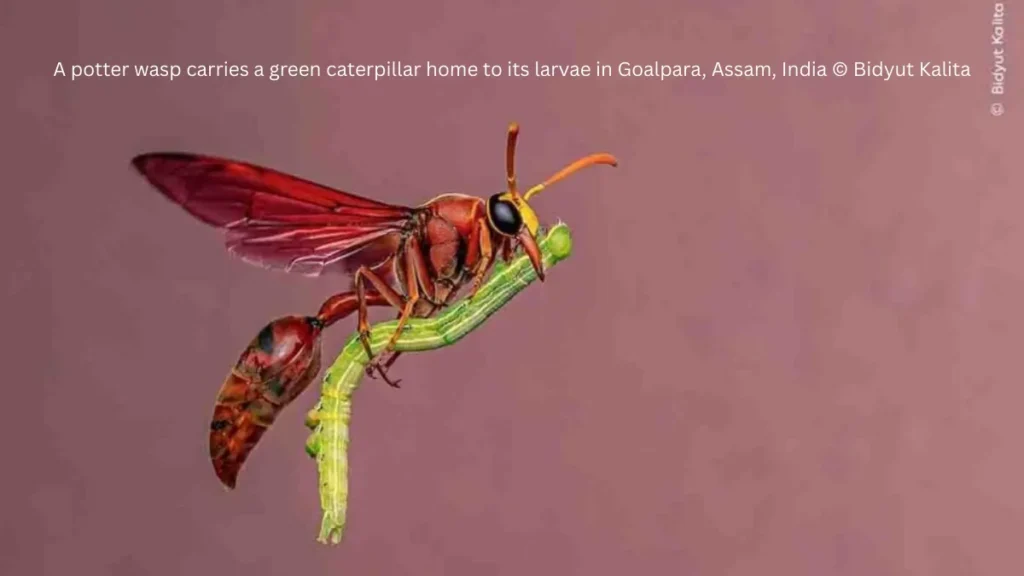
From India, Bidyut Kalita presents a stunning macro photo of a potter wasp carrying a bright green caterpillar. Taken in Goalpara, Assam, this shot shows the wasp’s unique behavior of paralyzing prey and storing it inside clay nests for its larvae.
Kalita’s dedication and timing turned a simple insect’s act of survival into a work of art, representing India’s growing reputation for world-class wildlife photography.
“Fragile River of Life” – By Isaac Szabo
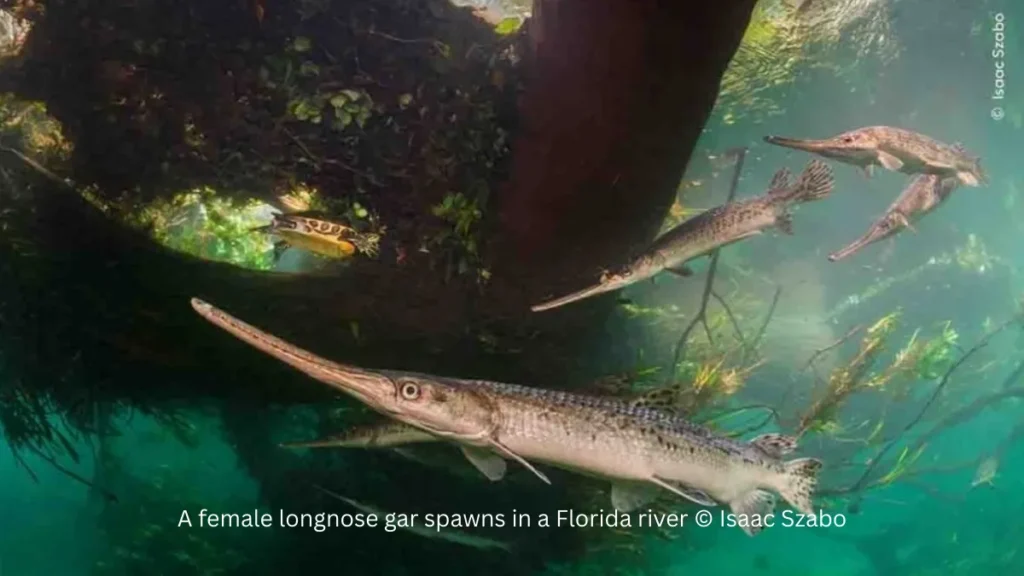
American photographer Isaac Szabo specializes in freshwater ecosystems. In Florida, he captured a group of longnose gars—prehistoric fish that have survived for over 100 million years.
By anchoring himself to a fallen tree, Szabo photographed the fish during a spawning event in crystal-clear waters. His entry reflects both patience and scientific curiosity, showing how rivers remain a cradle of life for species that predate the dinosaurs’ extinction.
Also read:
Why These Photos Matter
The Best Wildlife Photo Entries of the Year are more than just art—they are calls to action. Each image tells a story about the planet’s biodiversity and the challenges it faces: shrinking habitats, climate change, pollution, and human-wildlife conflict.
By bringing these issues to the forefront, the competition inspires people around the world to value and protect the natural world. As the exhibition opens, visitors will not only admire the beauty of these photos but also reflect on what is at stake if humanity fails to safeguard the wild.
Conclusion
From wolves in the Arctic to sloths in Costa Rica, and from cheetahs in Africa to potter wasps in India, the Best Wildlife Photo Entries of the Year remind us that every corner of the planet holds stories worth telling. The courage and creativity of photographers bring these moments to us, often at great personal risk and effort.
As we await the final announcement of winners on October 14, one thing is already certain: these images will leave a lasting impact, sparking awe, admiration, and urgency to protect the extraordinary life forms we share this planet with.


